Fireplace Flame Color

Table of Contents
Decoding the Dance of Fire: Understanding Fireplace Flame Color
The mesmerizing flicker of a fireplace flame is more than just a comforting sight; it's a visual indicator of the efficiency and health of your fire. The color of your flames can reveal a lot about the type of fuel you're burning, the air intake, and even potential safety concerns. Understanding these nuances can help you optimize your fireplace experience for both warmth and safety. This comprehensive guide delves into the meanings behind different fireplace flame colors, providing insights that will transform your fireside gatherings.
The Spectrum of Flame: What Different Colors Mean
The color of your fireplace flames is determined by the temperature and the completeness of combustion. A clean, efficient burn will result in a vibrant, mostly blue flame, while inefficient burning will produce more yellow, orange, or even red hues.
Blue Flames: The Ideal Burn
- Bright Blue: This indicates a clean and efficient burn. The fuel is completely combusting, maximizing heat output and minimizing pollutants. This is the goal for any fireplace owner!
- Pale Blue: While still relatively efficient, pale blue flames suggest the fire may be slightly starved of oxygen. Check your air intake to ensure proper ventilation.
Yellow and Orange Flames: A Less Efficient Burn
- Yellow Flames: These flames signify incomplete combustion. Unburnt particles are present, leading to reduced heat output and potentially increased creosote buildup in your chimney – a serious fire hazard. This often indicates insufficient oxygen or the burning of damp wood.
- Orange Flames: Similar to yellow flames, orange hues indicate incomplete combustion but often signify a cooler burn. This can be due to damp wood, insufficient airflow, or a build-up of ash restricting airflow.
- Red Flames: Red flames are a strong indicator of very inefficient burning. They suggest extremely low temperatures and a high level of unburnt particles. This points to serious issues and requires immediate attention.
Other Flame Indicators & Potential Problems
- Sooty Smoke: Dark, sooty smoke billowing from your chimney is a serious warning sign of incomplete combustion and potential chimney fires. It points towards damp wood, blocked flues, or insufficient airflow. Contact a chimney sweep immediately.
- Flickering Flames: While a certain amount of flickering is normal, excessive flickering can indicate inconsistent airflow or problems with the fuel source.
- Long, Lazy Flames: These can indicate a lack of oxygen, possibly due to a blocked chimney or insufficient air intake.
Optimizing Your Fireplace for the Perfect Blue Flame
Achieving a vibrant blue flame is crucial for both efficiency and safety. Here's how to optimize your fireplace:
Fuel Selection:
- Dry Wood: Using properly seasoned, dry wood is paramount. Damp wood burns less efficiently, producing more smoke and lower temperatures.
- Hardwoods vs. Softwoods: Hardwoods like oak and maple generally burn cleaner and hotter than softwoods like pine, resulting in a brighter flame.
Air Intake:
- Check Vents: Ensure all vents and air intakes are clear and unobstructed. A clogged vent can significantly reduce airflow.
- Chimney Inspection: Regular chimney inspections are essential to identify and address any blockages or structural issues. A professional chimney sweep can identify potential hazards and ensure optimal airflow.
Ash Removal:
- Regular Cleaning: Accumulated ash can restrict airflow and reduce efficiency. Regularly remove ash to maintain a clean burn.
Conclusion: A Colorful Guide to Fireplace Safety and Efficiency
Understanding the nuances of fireplace flame color is key to enjoying a safe and efficient fire. By paying attention to the color of your flames, you can identify potential problems and optimize your fireplace for a clean, hot, and vibrant blue flame – the hallmark of a perfectly burning fire. Remember, when in doubt, consult a professional chimney sweep to ensure the safety and longevity of your fireplace.

Thank you for visiting our website wich cover about Fireplace Flame Color. We hope the information provided has been useful to you. Feel free to contact us if you have any questions or need further assistance. See you next time and dont miss to bookmark.
Featured Posts
-
Hoods Landscaping Casper Wyoming
Feb 10, 2025
-
Landscaping Hope Mills Nc
Feb 10, 2025
-
60 Bathroom Vanity With Right Offset Sink
Feb 10, 2025
-
Pre Super Bowl Mahomes Called A Psychopath
Feb 10, 2025
-
Critics Review Bradys Super Bowl Debut
Feb 10, 2025